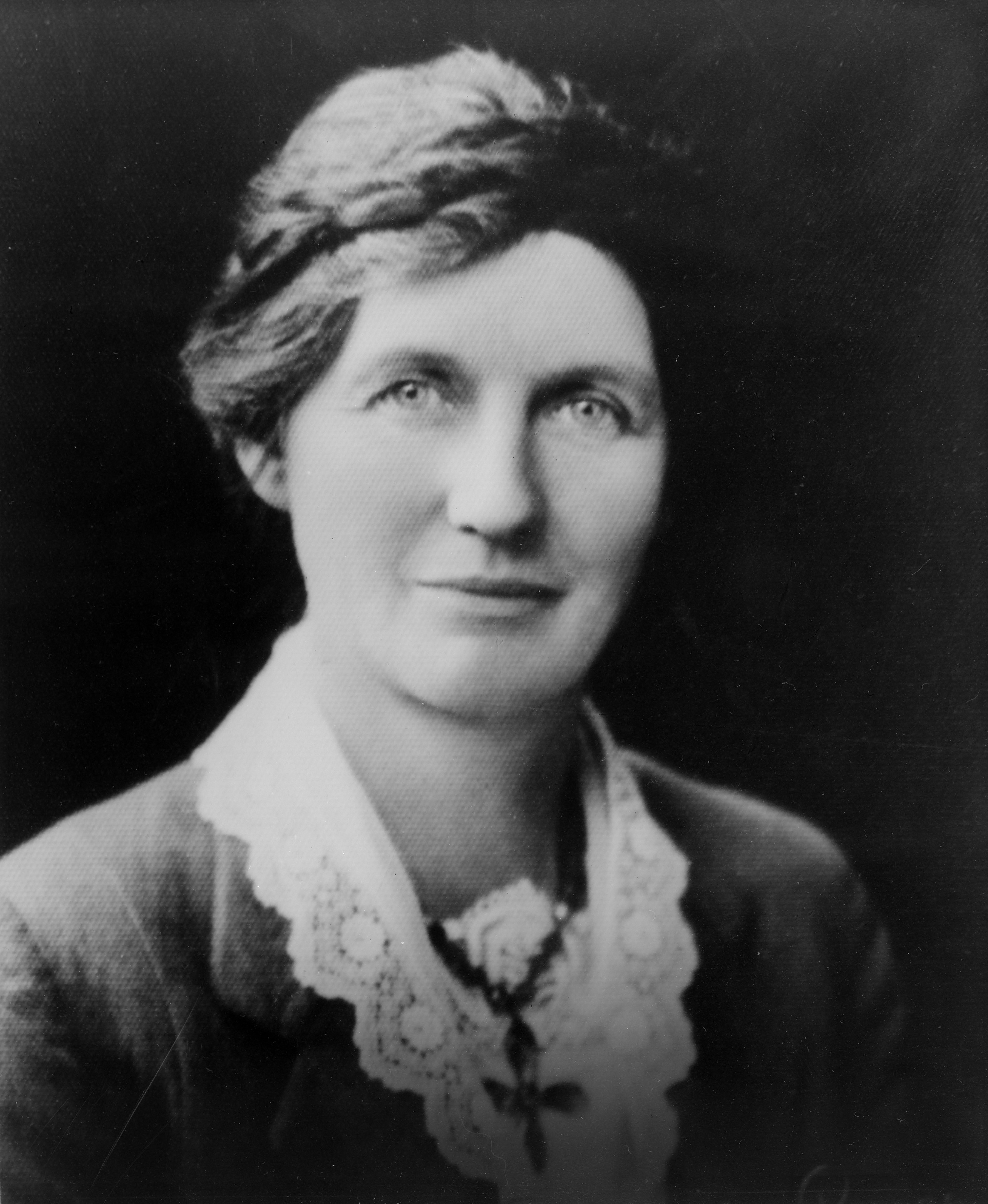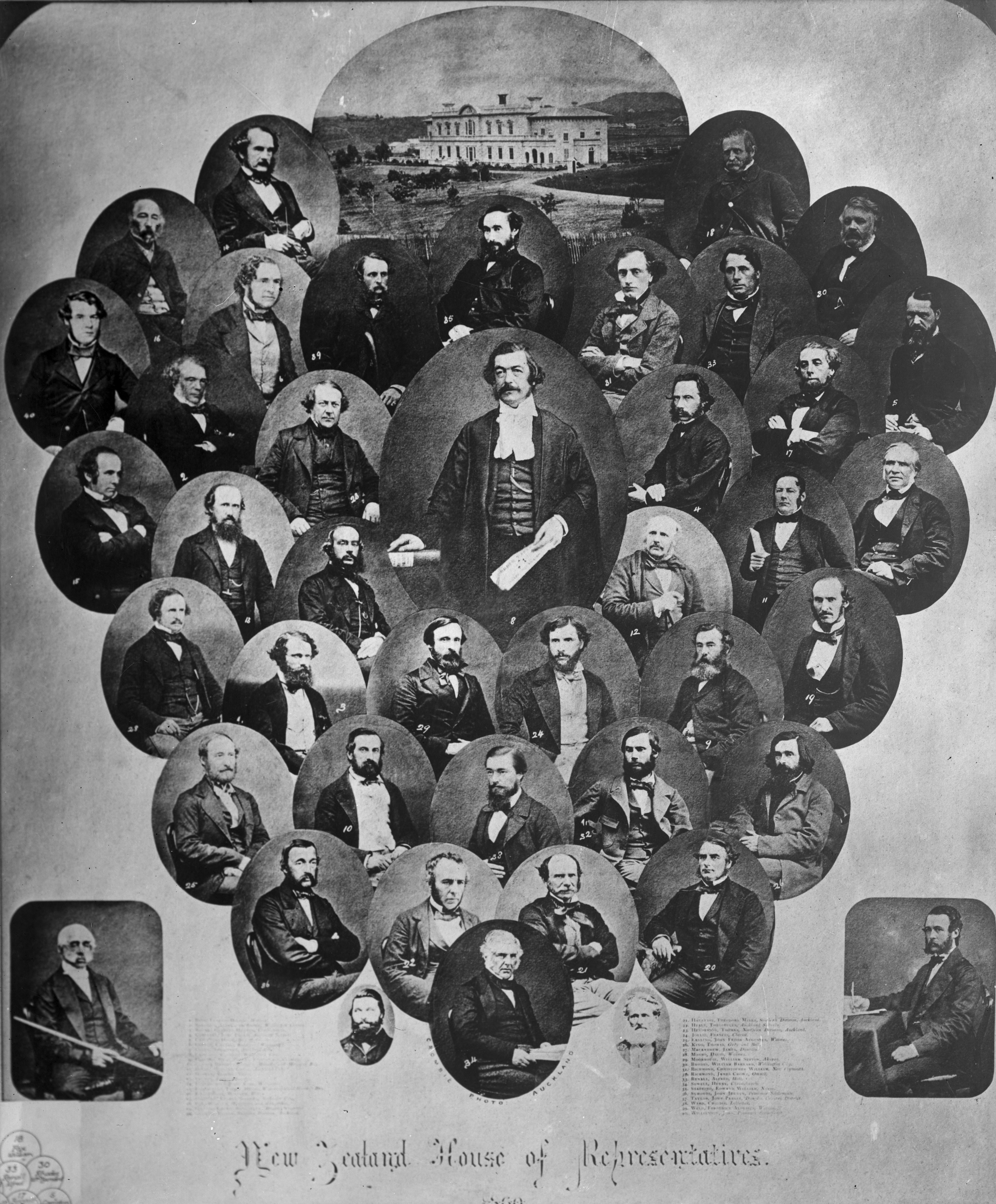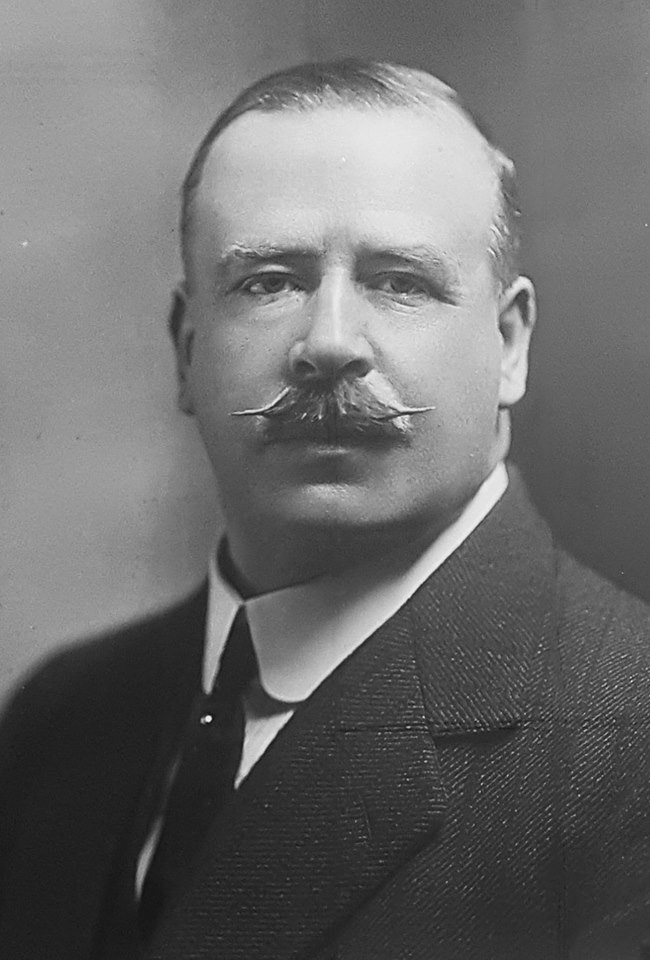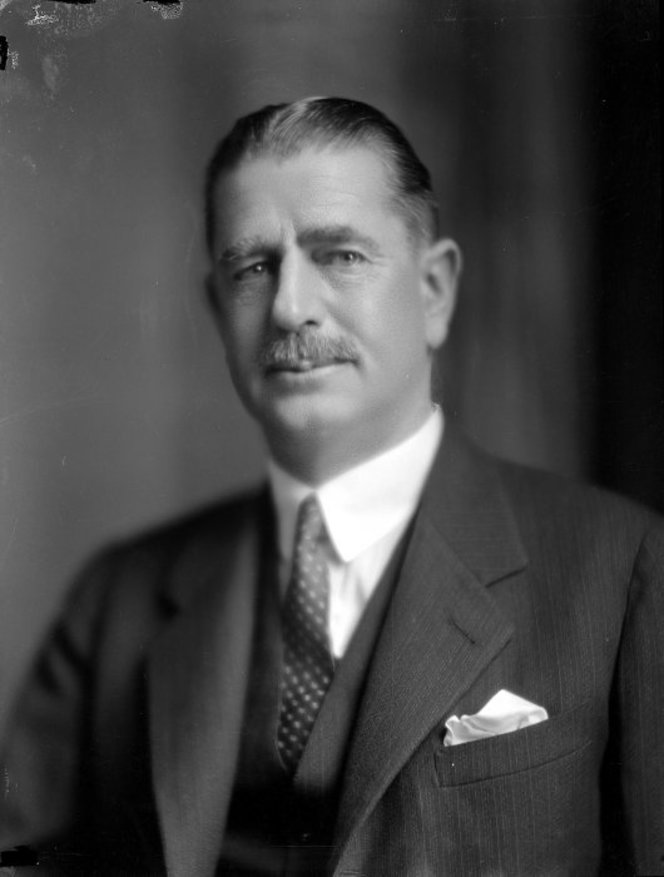|
1933 Lyttelton By-election
The Lyttelton by-election of 1933 was a by-election held during the 24th New Zealand Parliament in the Christchurch electorate of Lyttelton. It is notable for being won by Elizabeth McCombs of the New Zealand Labour Party, who became the first woman to be elected to the New Zealand Parliament. This by-election was therefore seen as a milestone in Women's suffrage in New Zealand. Cause of by-election This by-election came about because of the death of James McCombs who was Elizabeth McCombs's husband. He had held the electorate of Lyttelton since he won it in the Lyttelton by-election of 1913. He was therefore one of the earliest members of the Labour party to hold an electorate. He died of a heart attack on 2 August 1933. Candidates and selection process Labour Party Despite the electorate of Lyttelton being held by Labour or its predecessor the Social Democrats since 1913, the electorate was seen as marginal as it had been won by just 32 votes at the 1931 general election. H ... [...More Info...] [...Related Items...] OR: [Wikipedia] [Google] [Baidu] |
New Zealand House Of Representatives
The House of Representatives is the sole chamber of the New Zealand Parliament. The House passes Law of New Zealand, laws, provides Ministers of the New Zealand Government, ministers to form Cabinet of New Zealand, Cabinet, and supervises the work of government. It is also responsible for adopting the state's New Zealand Budget, budgets and approving the state's accounts. The House of Representatives is a Representative democracy, democratic body consisting of representatives known as members of parliament (MPs). There are normally 120 MPs, though this number can be higher if there is an Overhang seat, overhang. Elections in New Zealand, Elections take place usually every three years using a mixed-member proportional representation system which combines First-past-the-post voting, first-past-the-post elected legislative seat, seats with closed party lists. 72 MPs are elected directly in single-member New Zealand electorates, electoral districts and further seats are filled by ... [...More Info...] [...Related Items...] OR: [Wikipedia] [Google] [Baidu] |
Great Depression
The Great Depression (19291939) was an economic shock that impacted most countries across the world. It was a period of economic depression that became evident after a major fall in stock prices in the United States. The economic contagion began around September and led to the Wall Street stock market crash of October 24 (Black Thursday). It was the longest, deepest, and most widespread depression of the 20th century. Between 1929 and 1932, worldwide gross domestic product (GDP) fell by an estimated 15%. By comparison, worldwide GDP fell by less than 1% from 2008 to 2009 during the Great Recession. Some economies started to recover by the mid-1930s. However, in many countries, the negative effects of the Great Depression lasted until the beginning of World War II. Devastating effects were seen in both rich and poor countries with falling personal income, prices, tax revenues, and profits. International trade fell by more than 50%, unemployment in the U.S. rose to 23% and ... [...More Info...] [...Related Items...] OR: [Wikipedia] [Google] [Baidu] |
Waimakariri River
The Waimakariri River is one of the largest rivers in Canterbury, on the eastern coast of New Zealand's South Island. It flows for in a generally southeastward direction from the Southern Alps across the Canterbury Plains to the Pacific Ocean. The river rises on the eastern flanks of the Southern Alps, eight kilometres southwest of Arthur's Pass. For much of its upper reaches, the river is braided, with wide shingle beds. As the river approaches the Canterbury Plains, it passes through a belt of mountains, and is forced into a narrow canyon (the Waimakariri Gorge), before reverting to its braided form for its passage across the plains. It enters the Pacific north of Christchurch, near the town of Kaiapoi. Instead of being unoccupied Crown land as are most New Zealand river beds, the bed of the Waimakariri River is vested in the Canterbury Regional Council (Environment Canterbury). Name The name ''Waimakariri'' comes from the Māori words ''wai'', meaning ''water'', and ''makari ... [...More Info...] [...Related Items...] OR: [Wikipedia] [Google] [Baidu] |
Alfred Ransom
Sir Ethelbert Alfred Ransom (19 March 1868 – 22 May 1943) was a New Zealand politician of the Liberal Party, then its successor the United Party, and from 1936, the National Party. He was a cabinet minister from 1928 to 1935 in the United Government, and was acting Prime Minister in 1930 and in 1935. Early life Ransom was born in 1868 in Lower Hutt. He received his education at Lower Hutt Primary, where he was school mate with Thomas Wilford. He played rugby and tennis during his youth. During the Second Boer War, he was an officer in charge of the Ruahine Mounted Rifles. He was a sheep farmer until 1888, and then a saddler in Dannevirke. From 1920 onwards, he was sheep farming in the Ākitio district. He held numerous public offices: he was chairman of the Hawke's Bay War Relief Association, chairman of the Dannevirke branch of the same organisation, chairman of the power board (until 1928), the first president of the local chamber of commerce, chairman of the fire boar ... [...More Info...] [...Related Items...] OR: [Wikipedia] [Google] [Baidu] |
Gordon Coates
Joseph Gordon Coates (3 February 1878 – 27 May 1943) served as the 21st prime minister of New Zealand from 1925 to 1928. He was the third successive Reform prime minister since 1912. Born in rural Northland, Coates grew up on a cattle run and was bilingual in English and Te Reo Māori, the last New Zealand Prime Minister to be so. Coates took charge on the farm as a young age due to his father's mental illness, before becoming a Member of Parliament in 1911. He maintained a focus on farming issues and stood as an independent candidate. After distinguished service during World War I, he was appointed as Minister of Justice and Postmaster-General in the Reform government of William Massey (1919); he served as Minister of Public Works (1920–26) and Native Affairs (1921–28) and became prime minister in 1925 on Massey's death. Defeated in the elections of 1928, Coates returned to government in 1931 as the key figure in the coalition government of George Forbes. Serving as ... [...More Info...] [...Related Items...] OR: [Wikipedia] [Google] [Baidu] |
Reform Party (New Zealand)
The Reform Party, formally the New Zealand Political Reform League, was New Zealand's second major political party, having been founded as a conservative response to the original Liberal Party. It was in government between 1912 and 1928, and later formed a coalition with the United Party (a remnant of the Liberals), and then merged with United to form the modern National Party. Foundation The Liberal Party, founded by John Ballance and fortified by Richard Seddon, was highly dominant in New Zealand politics at the beginning of the 20th century. The conservative opposition, consisting only of independents, was disorganised and demoralised. It had no cohesive plan to counter the Liberal Party's dominance, and could not always agree on a single leader — it was described by one historian as resembling a disparate band of guerrillas, and presented no credible threat to continued Liberal Party rule. Gradually, however, the Liberals began to falter — the first blow came with ... [...More Info...] [...Related Items...] OR: [Wikipedia] [Google] [Baidu] |
United Party (New Zealand)
The United Party of New Zealand, a party formed out of the remnants of the Liberal Party, formed a government between 1928 and 1935, and in 1936 merged with the Reform Party to establish the National Party. Foundation In the 1920s the Liberal Party, although previously dominant in New Zealand party politics, seemed in serious long-term decline following the advent of the Labour Party, and its organisation had decayed to the point of collapse. The United Party represented an unexpected resurgence of the Liberals, and some historians consider it nothing more than the Liberal Party under a new name. The United Party emerged from a faction of the decaying Liberal Party known as "the National Party" (not directly related to the modern National Party, although it may have inspired the name). George Forbes, a Liberal Party leader, led the faction. In 1927 Forbes joined with Bill Veitch (who led another faction of the Liberals, but who had once been involved with the labour movem ... [...More Info...] [...Related Items...] OR: [Wikipedia] [Google] [Baidu] |
Invercargill (New Zealand Electorate)
Invercargill is an electorate of the New Zealand Parliament that has existed since 1866. Since the , the electorate's representative is Penny Simmonds of the National Party. Population centres The electorate covers Invercargill city and the surrounding rural area, including Stewart Island / Rakiura. In 1996 a boundary redistribution resulted in the abolition of the Awarua electorate and merged with Invercargill following re-drawing of boundaries due to the introduction of mixed-member proportional voting ( MMP). Minor but steady population decline in the Southland region has generally resulted in Invercargill expanding northwards. The 2013 redistribution, however, has left Invercargill unchanged. The 2020 redistribution added a large area around Clifden and Tuatapere. History The electorate was established in 1866 when it separated from the Wallace electorate. The first representative was William Wood, who won the . Wood retired at the end of the parliamentary term in 1870. ... [...More Info...] [...Related Items...] OR: [Wikipedia] [Google] [Baidu] |
Joseph Ward
Sir Joseph George Ward, 1st Baronet, (26 April 1856 – 8 July 1930) was a New Zealand politician who served as the 17th prime minister of New Zealand from 1906 to 1912 and from 1928 to 1930. He was a dominant figure in the Liberal and United ministries of the late 19th and early 20th centuries. Ward was born into an Irish Catholic family in Melbourne, Victoria. In 1863, financial hardship forced his family to move to New Zealand, where he completed his education. Ward established a successful grain trade in Invercargill in 1877 and soon became prominent in local politics. He became a Member of Parliament in 1887. Following the election of the Liberal Government in 1891, Ward was appointed as Postmaster-General under John Ballance; he was promoted to Minister of Finance in the succeeding ministry of Richard Seddon. Ward became Prime Minister on 6 August 1906, following Seddon's death two months earlier. In his first period of government, Ward advocated greater unity withi ... [...More Info...] [...Related Items...] OR: [Wikipedia] [Google] [Baidu] |
Vincent Ward (politician)
Vincent Aubrey Ward (4 January 1886 – 9 February 1946) was a New Zealand businessman, Member of Parliament and a Member of the New Zealand Legislative Council, Legislative Council. Biography Early life Born in Bluff, New Zealand, Bluff in 1886 and was educated at the Bluff State Primary School and St Patrick's College, Kilbirnie, Wellington, St. Patrick's College in Wellington. He was the second born son of future Prime Minister of New Zealand, Prime Minister Sir Joseph Ward. He found employment with the National Bank of New Zealand at Wellington before leaving for England in 1907 where he worked first with the merchant firm Messrs.' James Morrison and Son and then at the insurance branch of Lloyds Bank. In 1908 he travelled to New York, spending a period with the U.S. Steel corporation. Ward then left for Montreal in 1911 where he became joint manager of the New Zealand Shipping Company. During World War I he served in the Motor Boat Patrol, gaining his commission in 1915 w ... [...More Info...] [...Related Items...] OR: [Wikipedia] [Google] [Baidu] |
1928 New Zealand General Election
The 1928 New Zealand general election was held on 13 and 14 November in the Māori and European electorates, respectively, to elect 80 MPs to the 23rd session of the New Zealand Parliament. 1928 was the year postal voting was introduced for certain specified groups (e.g. invalids) who could not get to a polling booth on election day. The election The 1928 election was held on Tuesday, 13 November in the Māori electorates, and on Wednesday, 14 November in the general electorates to elect a total of 80 MPs to the 23rd session of Parliament. A total of 844,633 electors were registered on the European roll, of which 743,691 (88.05%) turned out to vote. All 80 electorates were contested. 47 and 29 electorates were in the North Island and South Island, respectively, plus the 4 Māori electorates. In 1927, a faction of the decaying Liberal Party formed a new organisation, which was eventually named the United Party. In 1928, to the considerable surprise of most observers and many m ... [...More Info...] [...Related Items...] OR: [Wikipedia] [Google] [Baidu] |






